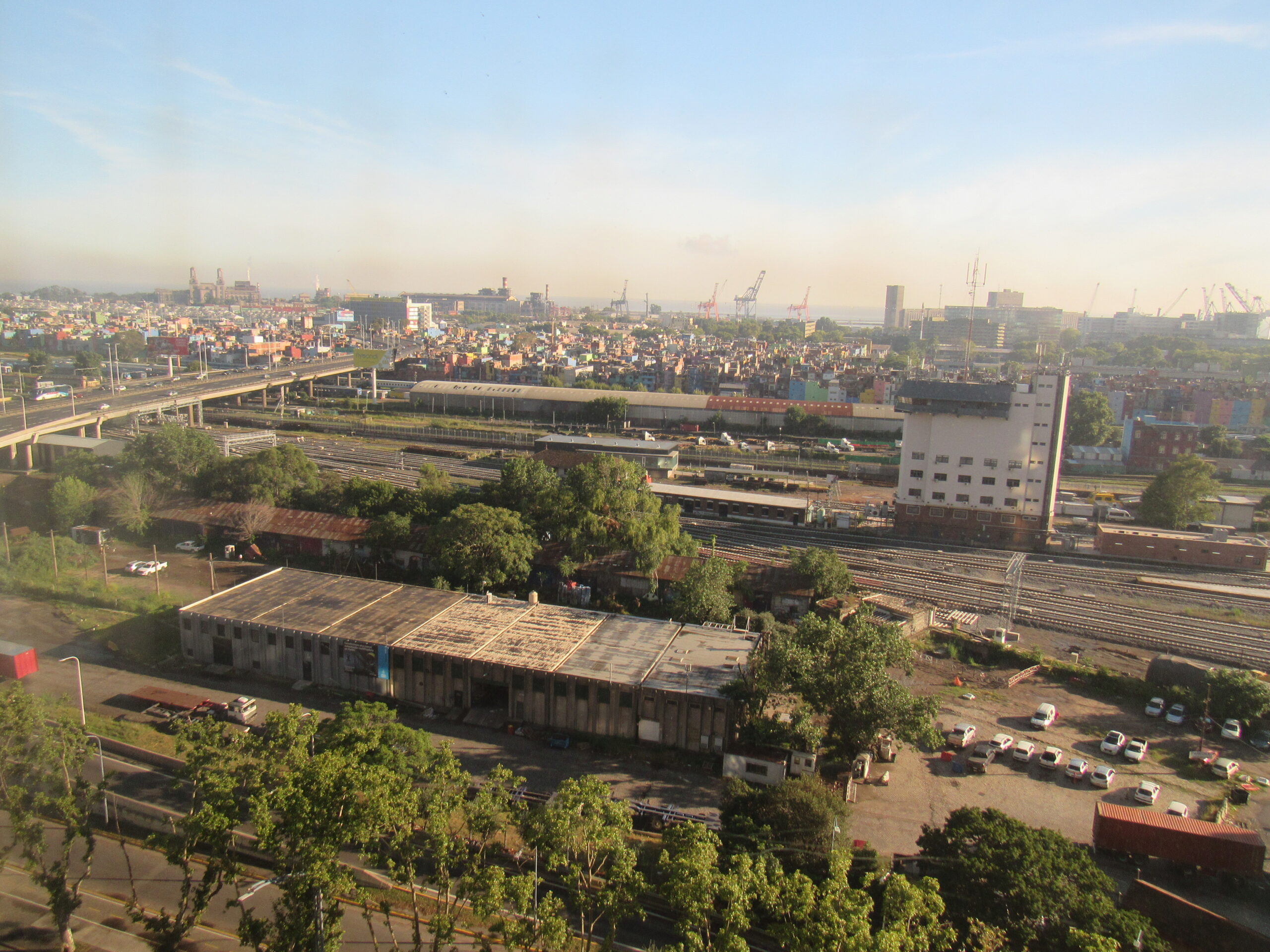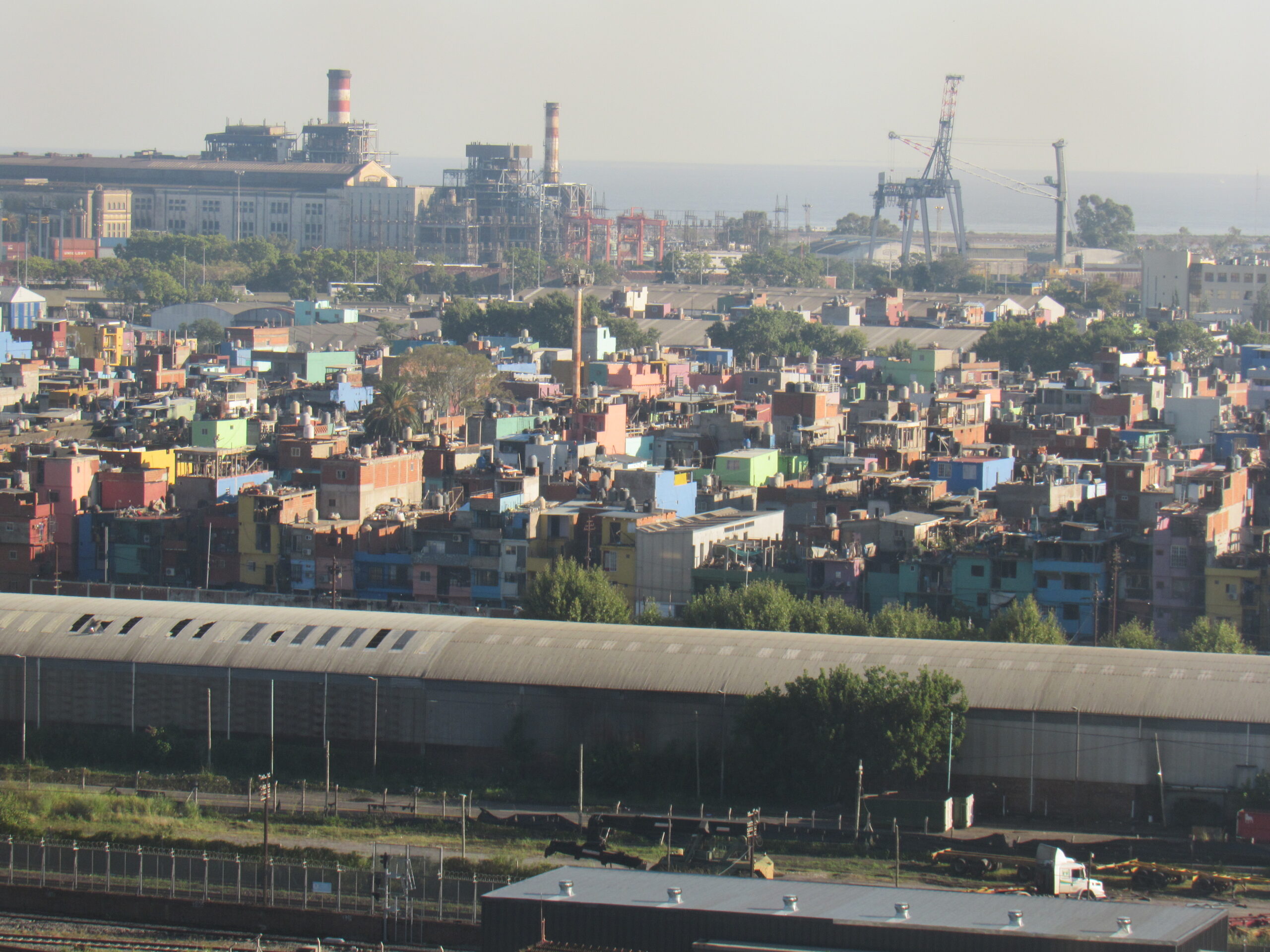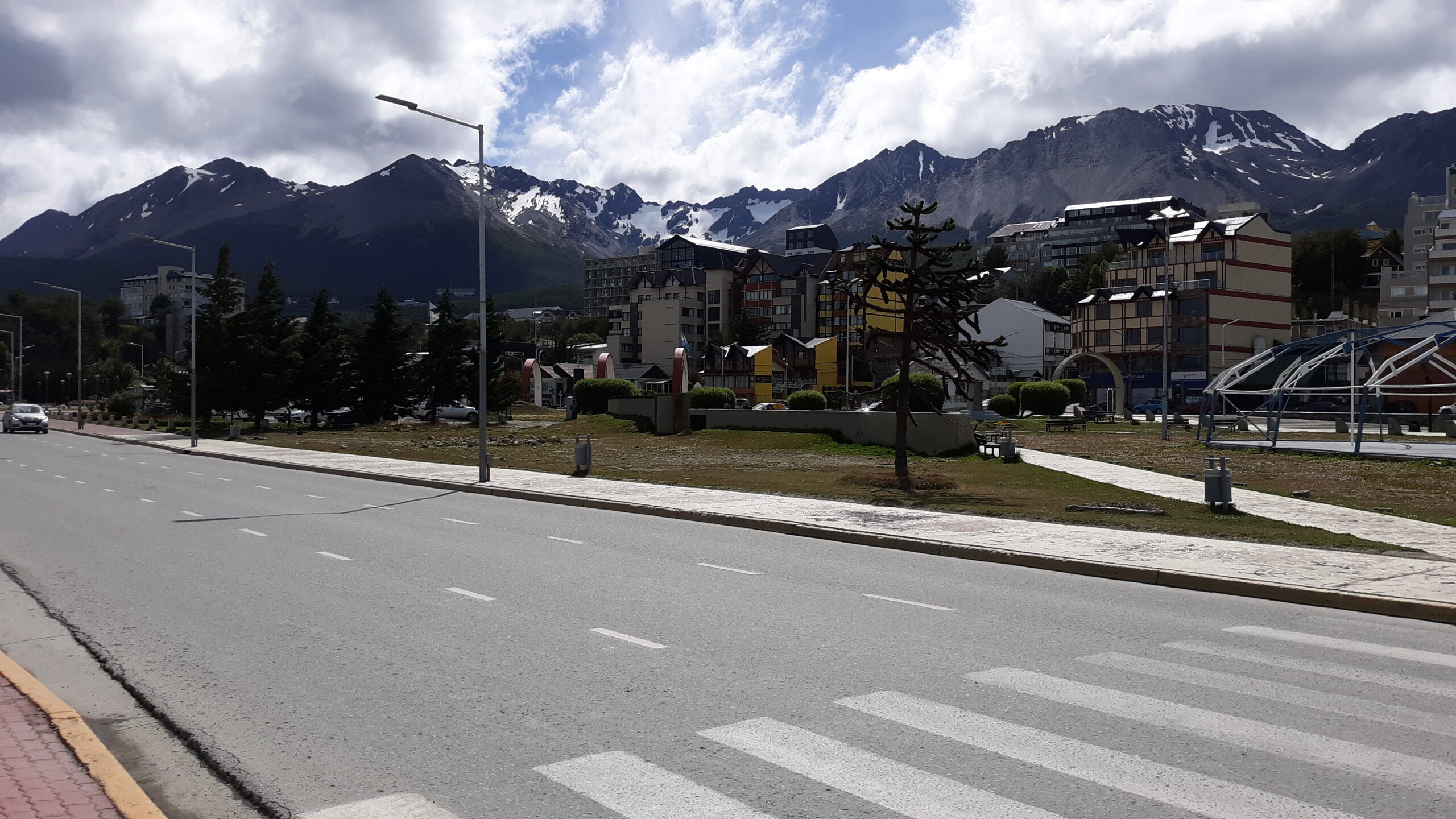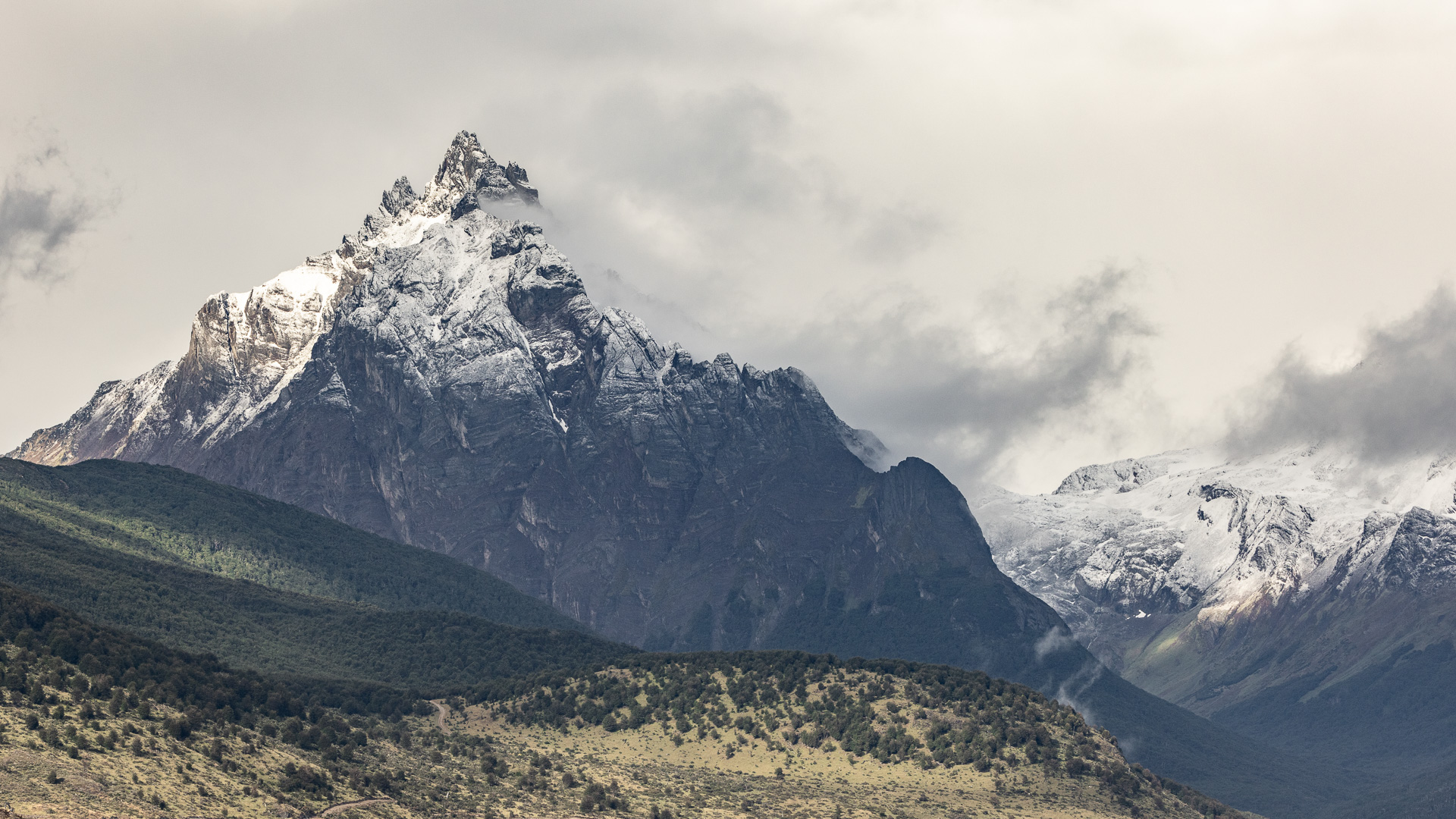May 7th of 2012 was an important date, because that was when I published the first story on this website. I remember being excited, and perhaps a bit nervous – I wasn’t sure how it would be received, and if I would even continue beyond that first offering. Well, almost 12 years have passed since I wrote those words, and here I am, still putting out something each week. When I started, I couldn’t imagine having enough to write about to keep it going, yet I am amazed to see that I have now written 589 stories. They amount to over 1,142,000 words, and hopefully they have entertained you enough that you still enjoy them. But now, I am about to start a new story that will be the most important one I’ve ever written.
Do you have a bucket list? – things you hope to accomplish before you die, maybe few or many. I think the first such wish that was on my list was to climb Cerro Aconcagua, and it was in the mid-1970s that I first entertained the idea. It wasn’t until New Year’s Day of 1991 that I finally stood on its summit. Perhaps the second thing that I can truly say was a bucket-list item was to visit Québec with my sister Judy in the summer of 2018. We spent 10 wonderful days traveling to small towns where our ancestors had once lived, going all the way back to the year 1635.
In the fall of 2023, realizing that I wasn’t getting any younger, I took steps to fulfill yet another bucket-list item – one that, now that I think about it, had first germinated way back in the 1960s. After much thought and planning, and with the assistance of others, I started to craft my idea into a reality. January of 2024 seemed like the perfect time to begin, so on the 6th, Dottie’s birthday, she drove me to the airport. Nobody can pack a bag as well as she can, and in a simple carry-on, I had everything I needed for 3 weeks away from home.
Even at Tucson’s small airport, there was a long line for the security screening. Once through that, I went to my departure gate and waited an hour and a half before taking off. I flew 3 1/2 hours to Atlanta and we landed at dusk, then taxied for what seemed forever before arriving at our gate. The Hartsfield-Jackson Atlanta International Airport is the busiest in the world, and once inside, I took their train to get me to their International Terminal E. By the time I reached my next gate, it was still a full 2 hours before my flight, so I settled in to wait. Finally, they boarded us on the Boeing 767-400 ER and we took off into the night. I didn’t sleep a wink on the 10-hour flight. Perhaps if I were in one of those fancy seats which lay flat (and cost a fortune), things would be different, but in steerage in the cheap seats, there’s no way I can ever sleep.
We cruised at 37,000 feet, and the outside air temperature was as low as minus 47 degrees F. (I love all the electronic information available on flights nowadays). At 8:40 AM local time, we landed at Ezeiza International Airport in Buenos Aires, Argentina. Before today, I had been to Buenos Aires 10 different times, but this trip would turn out to be the most significant. The time there is 4 hours later than in Arizona, so at noon in Tucson it is 4:00 PM in B.A. Many people think that South America is straight south of North America, but it isn’t – in fact, virtually the entire continent sits farther east than the east coast of the USA.
Once inside the airport, I soon ended up in a huge room crowded with fellow travelers from many flights, and we were all funneled through Customs. The 30 or so agents got to all of us pretty quickly. A facial photo and a thumb print were part of the procedure. Once through that, I found myself in a public area crowded with people. One of the first things I saw was Tienda Leon, a company selling tickets for their bus that took you into the city. I used twelve US dollars to buy a seat, then exchanged a few dollars more for some local currency. The official exchange rate was 845 Argentine pesos to one US dollar, and there was a lot of instability in the peso at that time. People in shops and on the street were willing to give you more pesos for your dollar (I got 1,075 at my hotel). In order to ride the city bus system or the subway, you needed to purchase what they called a SUBE card. It was like a credit card, and it was only 2 dollars to buy one – then you loaded it with as much credit as you liked. You could add as much more credit as you wished, and used it like a debit card. It was only 15 cents for a shorter ride, and not above 20 cents for a long ride.
It was a 40-minute ride on the Tienda Leon bus into the city, and it dropped me off at the Terminal Madero. A walk along the quiet streets for maybe 4 blocks took me to a city bus stop, where I soon caught a #93 bus. I asked the driver to let me know when we reached my hotel. In 15 minutes we were there, and I entered the nice cool lobby. The Hotel Emperador was a pretty snazzy 5-star place, and I was booked there for one night. My room was ready, so up I went to the 14th floor. I settled in, got cleaned up and felt like a new man. After several hours rest while a thunderstorm raged outside, I went downstairs and enjoyed a pizza at the hotel restaurant, meanwhile planning my next move. The views from my room weren’t too shabby. The hotel was in an interesting part of the city. Nearby were fancy hotels and tall office towers. This one, the headquarters of IEB Argentina, sat right next door – they are an investment company, along the line of Fidelity Investments or Charles Schwab.
Some of the most sought-after neighborhoods of the city are nearby, and yet, strangely close at hand, can be found highly-contrasting features. Here is a photo taken from my window on the 14th floor, and we are looking to the northeast.
The lower two-thirds of the photo is taken up by train tracks and facilities of the Retiro railroad yard. The train station is just off to the lower right of the photo, and it was from there that I rode the thousand kilometers to Mendoza back in 1990 to climb Cerro Aconcagua. In the upper part of the photo can be seen some towers, and just below them a colorful strip. This next photo will show that in more detail.
The towers are cranes at the loading docks for the port of Buenos Aires where, among other things, containers are loaded onto ocean-going vessels. Look at the collection of colorful buildings in front of the cranes. I learned that what I was seeing was Barrio 31, otherwise known as the Padre Carlos Mugica neighborhood. There are 40,000 people crammed into this 72-hectare area, widely considered to be a slum. Here is a fascinating site which discusses the community.
Early the next morning, after a lavish buffet breakfast in the hotel, I boarded a chartered bus and rode back out to the airport. We were run through a quick passport check at Immigration, then came a rigorous security screening including a pat-down. Once that was completed, my group congregated at Gate 27, where we were boarded on to buses, then taken to a jet parked way out on the tarmac. Waiting for us was a chartered Airbus A320-200 operated by Jetsmart. We were all aboard, settled in and airborne by noon.
Airborne by noon, we headed south. The plane must have been an older model, one that Jetsmart had purchased from a previous owner, because the seats were so worn out that they had no cushioning to speak of, and soon we were all experiencing ass-distress. You just couldn’t get comfortable, no matter how much you squirmed. They fed us something that was supposed to pass as a lunch, but it too was awful – a slice of nasty orange fake cheese on a stale white roll with some odd-tasting mystery condiment. Most people gave up after a few bites.
Three and a half hours later, we landed at Ushuaia, Argentina and I was never so glad to get off of a plane. We walked down a set of stairs they had rolled up to the jet, on to the tarmac, then over to the terminal building. I had last been here 33 years before, and the tiny terminal of old had been replaced by a much larger and more modern one. Ushuaia had come of age. Back in the day, there were a few flights a week from Buenos Aires, and not every day. Nowadays, there were many from which to choose. For example, you could fly non-stop to the domestic airport in Buenos Aires and pick from 5 to 8 flights per day, or to Ezeiza, the international airport in Buenos Aires, with as many as 4 flights per day. You could also fly directly to El Calafate from 1 to 4 times each day. There was a flight each day to Trelew, and even a non-stop all the way to Córdoba (almost 4 hours) each day. Back in 1990 when I last visited, Ushuaia had about 35,000 people; now it boasted 82,000. Tourism has really put it on the map.
The normal high temperature in January would be around 57 degrees F, and it was 55 when we got off the plane, so about average. Days where it reaches 20 degrees C (68 degrees F) are rare. Once inside the terminal, all of our carry-on luggage was x-rayed before we were free to head outside and into waiting buses. They took an easy pace into the city, allowing us to take photos at a few scenic stops along the way. The city is surrounded by dramatic mountains, and I just had to show you a few of them.
This one shows Monte Olivia, a prominent landmark and a draw for rock-climbers. It tops out at 4,350 feet. Snow can, and does, occur at any time here this far south.
We soon arrived at the docks and our bus pulled up in front of one of the ships. Finally, after 17 hours of flying, I was where I needed to be to make my bucket-list dream become a reality.





